Steven Dewar, owner of Dundee’s Curr & Dewar, has been an auctioneer for more than 30 years – but on a sale day he still gets butterflies.
One of his former bosses told him when that feeling goes away, it’s time to call it a day.
Today it’s my turn for butterflies, as I’m swapping the keyboard for a gavel to sell some of the lots in his busy sale.
Steven’s excitement is to achieve the best possible price for the huge variety of items that passes through the auction house’s doors.
My ambitions are a little more modest. I just hope I make it through my 16 lots without any catastrophe.
Hopefully Curr & Dewar’s reputation, built up over generations, will remain intact by the end of my session.
Curr & Dewar changes with the times
Curr & Dewar can trace its roots in Dundee to 1862 with Steven the fourth generation at the helm.
Being involved in the business was all Steven ever wanted to do since he was a child. Weekends and school holidays were spent being a porter.
He joined full-time at 18 and after spells working as an auctioneer in Norfolk and Darlington, Steven took over the business with his wife Clare in 2004.
The business has modernised – particularly in its use of online bidding – but in some ways it hasn’t changed.
Every single item for sale is laid out on tables, like Steven’s father Derek and uncle Alistair did before him.
The lots for sale haven’t changed too much either with plenty of furniture, jewellery, paintings and books.
I was impressed at the wide range from a collection of James Bond cars to paintings hundreds of years old.
Steven says it’s more unusual items that can attract the best prices. A Georgian silver sword attracted a top bid of £12,500 last year.
‘My husband goes mad’ at boxes of postcards
In days gone by, the number of people bidding in the room on auction day would go into triple figures.
Today, the number is usually between 30 and 40 – some collectors, some dealers with an eye for a bargain.
As Jim Anderson, of Clepington Antiques Centre in Byron Street, tells me before the sale: “I’m looking for bargains so I can make a shekel or two.
“A lot of people bid on the internet but don’t come to look for hidden gems.”
Meanwhile a box of old postcards is being closely examined by a lady who confides: “I have boxes and boxes – my husband goes mad. I enjoy them.”
The modest number in person is more than compensated by hundreds watching and bidding online in real time.
How does the bidding work?
Each item has a guide price, based on his knowledge and research, and Steven starts the bidding at this price.
As well as live bids and internet bids there are also offer, called commissioned bids.
Clare acts as clerk keeping tabs on the bidding, with the price and item shown on screens.
Some of the internet bidders are international – in China and all over Europe.
More bidders mean higher prices – but it also makes the job of the auctioneer more difficult with bids being taken live in the room as well as online.
A master at work
I stand behind Steven as he quickly rattles through the first 100 lots.
His mastery of keeping the auctions flowing is a joy to watch. There is never any doubt at what price items are at or who has top bid.
In full flow he’ll get through 150 lots an hour. I smile when he scolds internet bidders for being too slow, saying ‘I don’t know what they’re waiting for’.
Even at this rapid pace, on sale day it takes around five hours to get through the 700 lots with only a brief comfort break half way through.
I’m slightly alarmed at how quickly the price of the lots can increase. A collection of stamps sells for £180, several times its guide price. Two boxes of old children’s books sells for £410. How will I keep up?
Before I take to the rostrum, Steven leaves me with some words of wisdom.
“My biggest tip is never take more than two bidders at one time, otherwise you’ll get confused,” he says.
“Pick your two – usually the first two to start bidding and stick with them until one of them drops out.”
My turn to sell at Curr & Dewar
In my notebook I’ve written the key phrases – any advance (asking for more bids) and fair warning.
As soon as I say the words ‘all done and selling’ I hammer the gavel down.
My dreams of achieving record sale prices quickly goes out of the window as my first sale of a tea set achieves a modest £25. The gavel makes a satisfyingly loud sound as I smash it down.
I had high hopes for a box of at least 50 old toy cars with several commissioned bids left, but little interest on the day means they go for £40 – a steal.
There is no hope of achieving any sympathetic bids among this crowd. Bidding is a serious business for them.
A box of christening gowns achieves a more respectable £55 and, remarkably, a book, Royal Tay Yacht Club Register of Yachts 1963 gets up to £80.
It’s very hard to keep an eye on the laptop monitor for internet bids and also watch the room.
People mostly bid with a slight movement of their hand or nod of the head rather than an enthusiastic wave of their number.
Then disaster strikes. A signed print has no interest at its guide price of £20.
Using my auctioneer’s discretion, I drop the ask to £5 to attract some interest. Still nothing.
Panicking, I ask Steven – can I start any lower? He shakes his head replying, “You’d break my heart”.
My final item was a 19th century coromandel wood and brass writing box.
Bids quickly rise into triple figures.
“Slow down on this one”, Steven whispers behind me.
My brief time as an auctioneer ends with a high as bidding reaches £160.
New found career?
When I count up the value of my 16 lots later, I’m surprised they raised a total of almost £800. Not bad for 10 minutes’ work.
Curr & Dewar will collect a 15% sale commission and there’s also a 20% buyer’s premium added.
My perception of an auction being packed with people bidding against each other in the same room is not reality, with the majority of bids being made digitally.
Steven knows that in the coming years, there will be more online only auctioneers who will see his in person auctions as antiquated.
My time as an auctioneer went by in a flash and seeing the bids increase was a buzz though I found it stressful trying to keep up.
I’m pleased to have played a small part in these treasured items finding new homes.
It strikes me that Curr & Dewar plays a very useful role in preventing items going to landfill.
A lot of its work is house clearances and, when possible, items that have no resell value are recycled.
I had my ups and downs at the rostrum but life as an auctioneer? I’m sold.

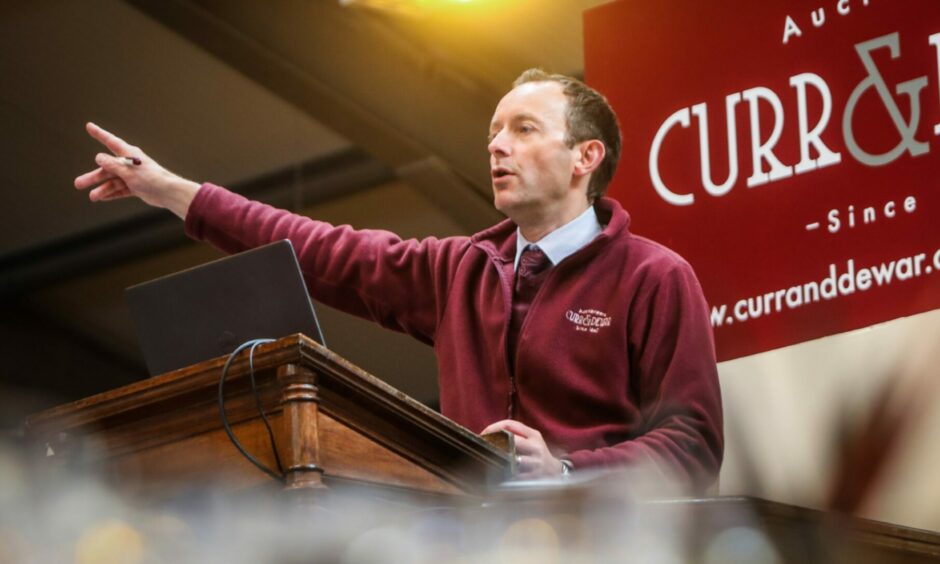
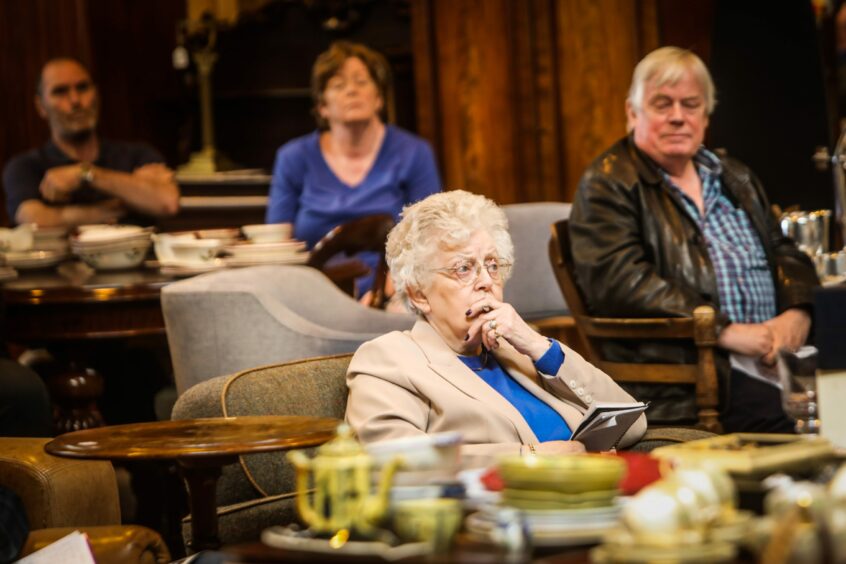
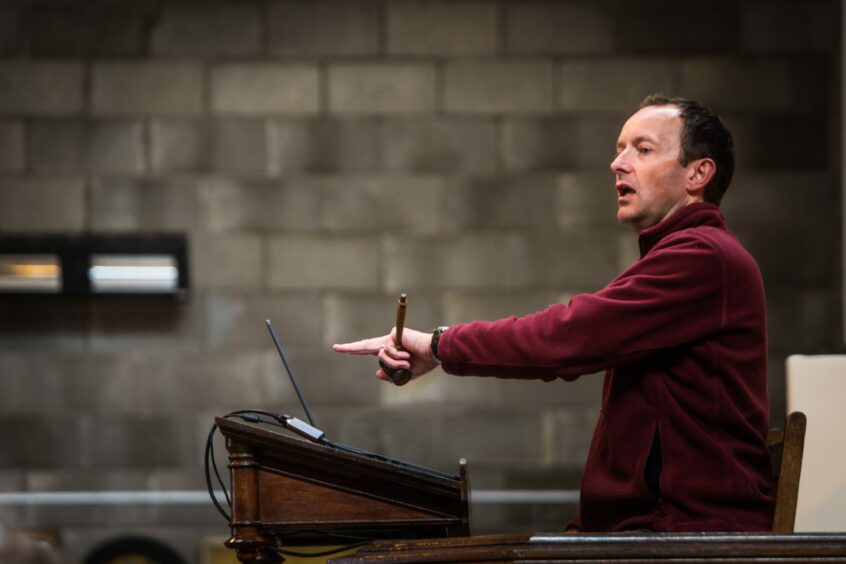
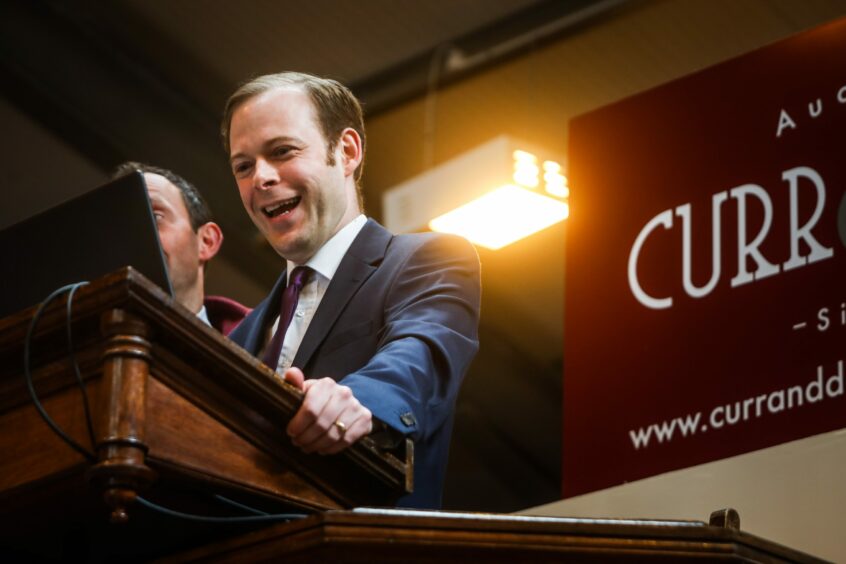
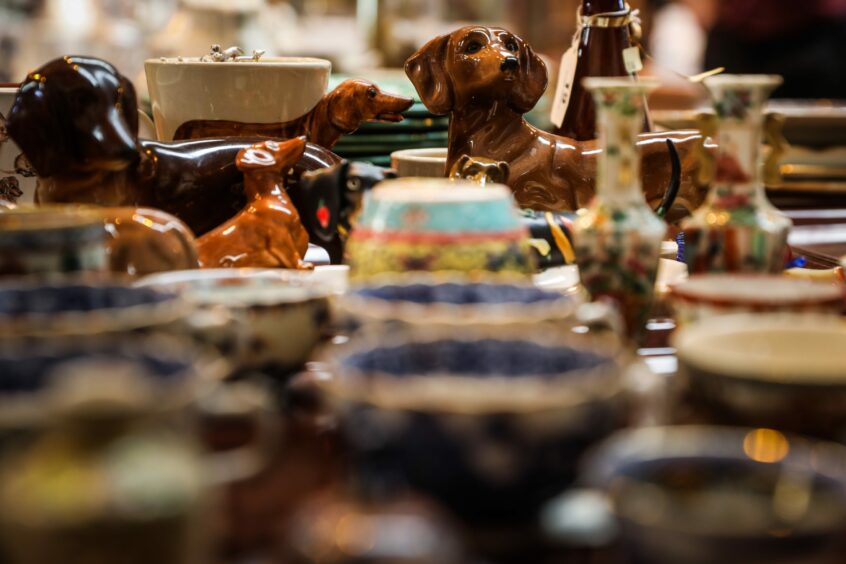




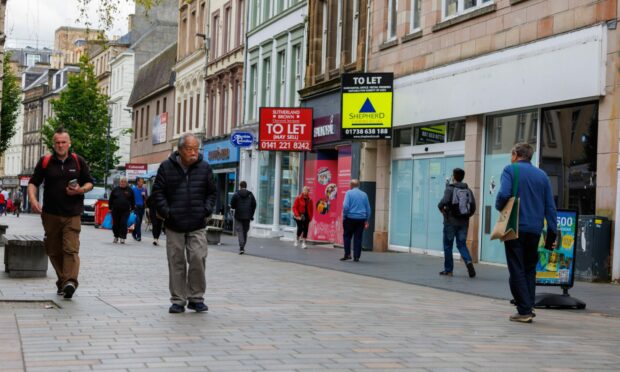

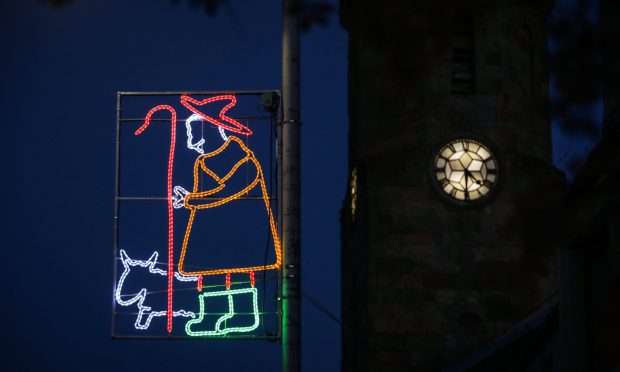



Conversation